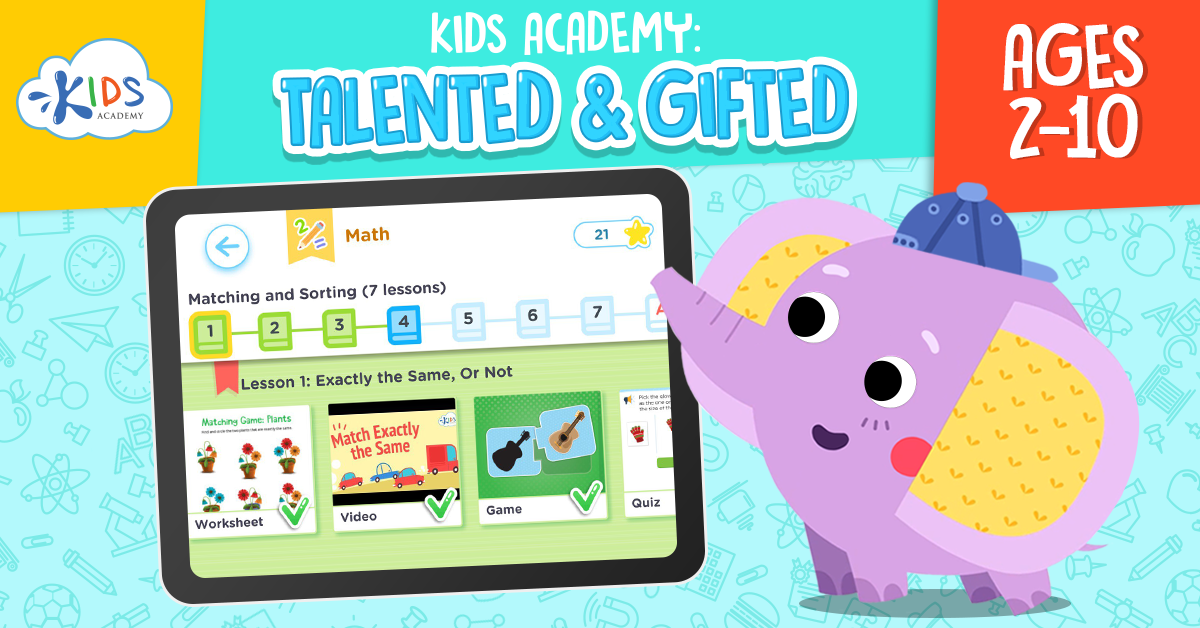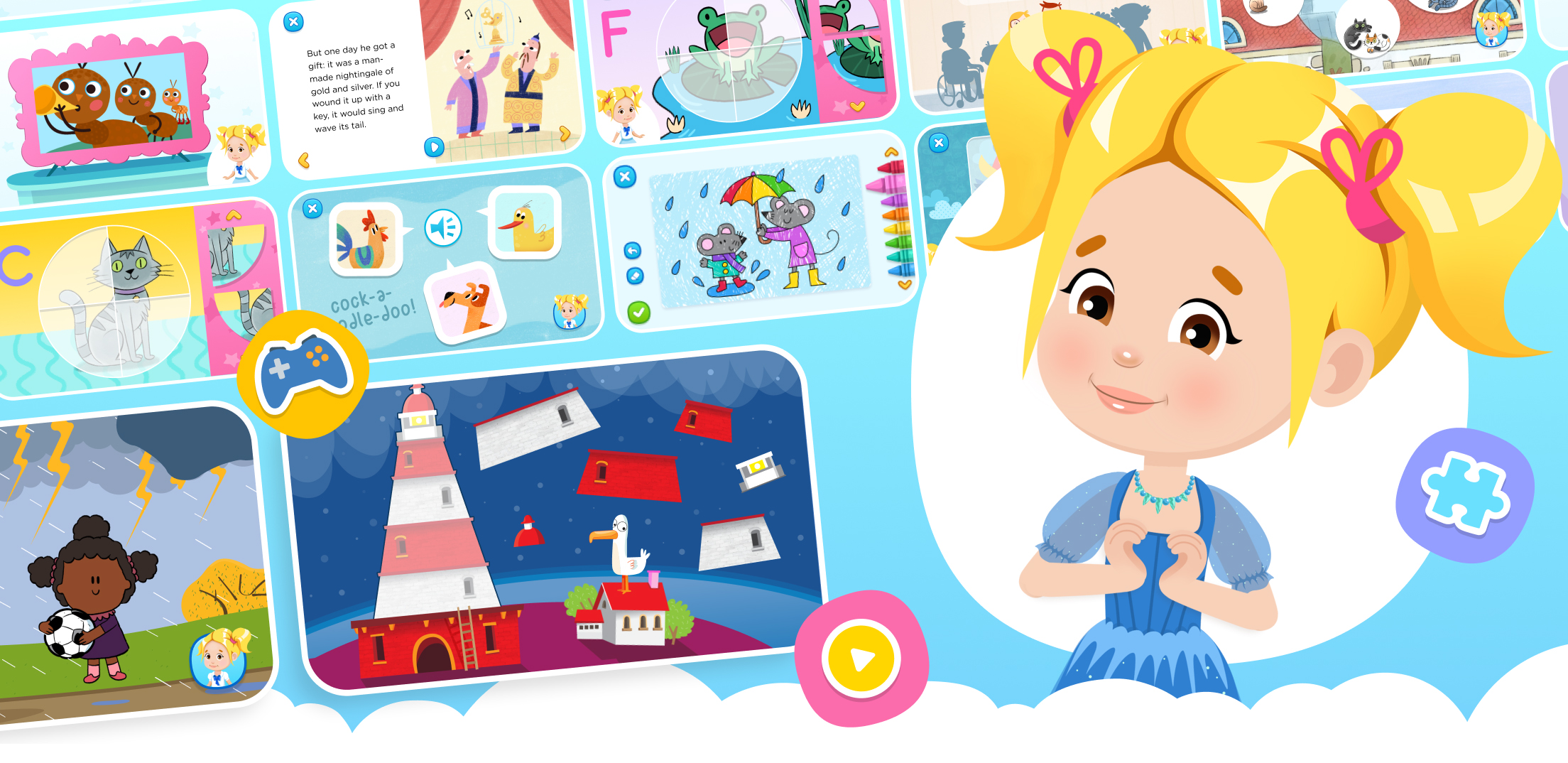Identifying fractions Math Worksheets for Ages 5-7
4 filtered results
-
From - To
Discover engaging and easy-to-understand Identifying Fractions Math Worksheets designed for children ages 5-7. These fun, printable worksheets help young learners grasp the basics of halves, thirds, and quarters through a variety of exciting activities such as coloring, matching, and dividing shapes. Our kid-friendly format ensures that concepts are clear and enjoyable, fostering strong foundational math skills. Perfect for both classroom and home use, these worksheets provide an excellent way for children to practice and master early fraction identification while having fun. Equip your young mathematicians with the tools they need for math success!
Identifying fractions at an early age is crucial for a strong mathematical foundation. For children aged 5-7, understanding fractions enhances their number sense and equips them with essential skills for future mathematical concepts. Fractions bridge the gap between whole number understanding and the concept of parts of a whole, which is fundamental in mathematics.
When parents and teachers focus on teaching fractions, they help children develop critical thinking and problem-solving skills. Learning how to identify and work with fractions provides a concrete understanding of proportion, division, and the concept of sharing, which are applicable in everyday life. For example, if a child knows how to identify half or quarter parts, they can better grasp tasks like dividing snacks or sharing toys fairly among friends.
Moreover, early exposure to fractions helps alleviate math anxiety later in life. Children who learn these concepts early are more likely to feel confident when tackling more complex mathematical operations in higher grades. Teachers and parents play an essential role in creating a supportive learning environment, using visual aids, like pie charts or fraction bars, and real-life examples to make learning fractions engaging and relatable. Ultimately, investing time in teaching children fractions sets them up for academic success and fosters a positive attitude toward math.

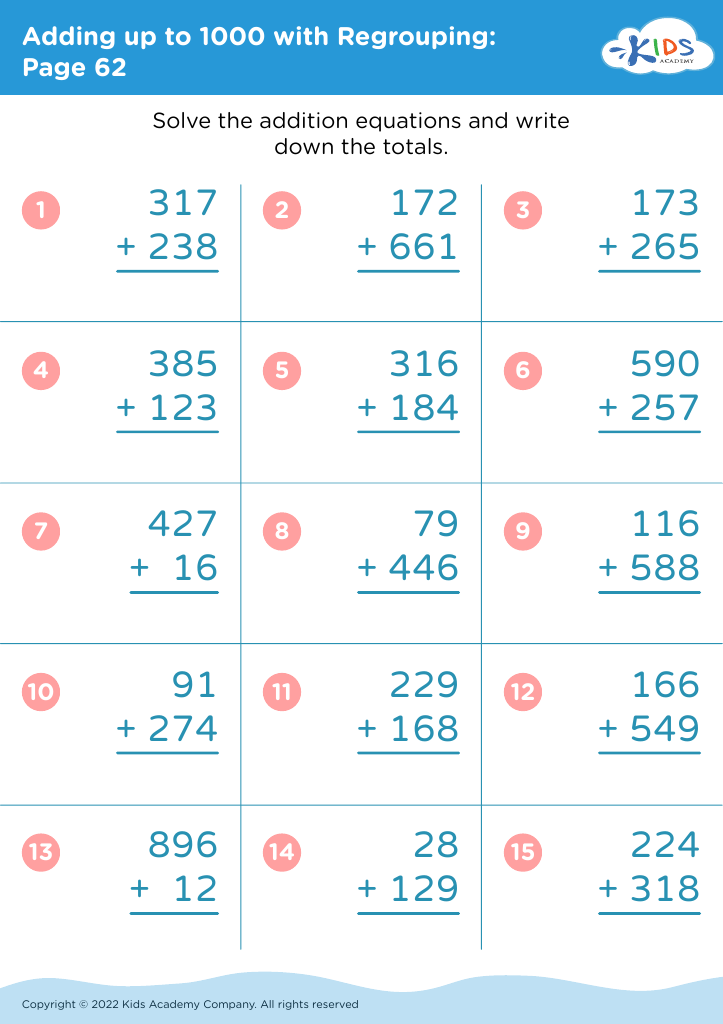

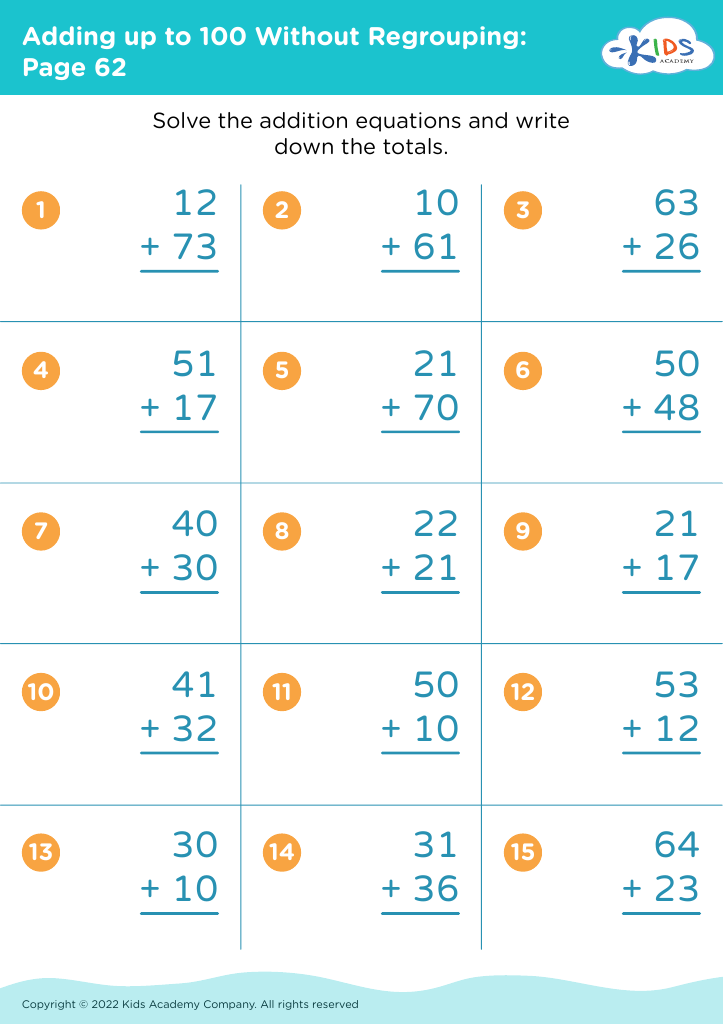
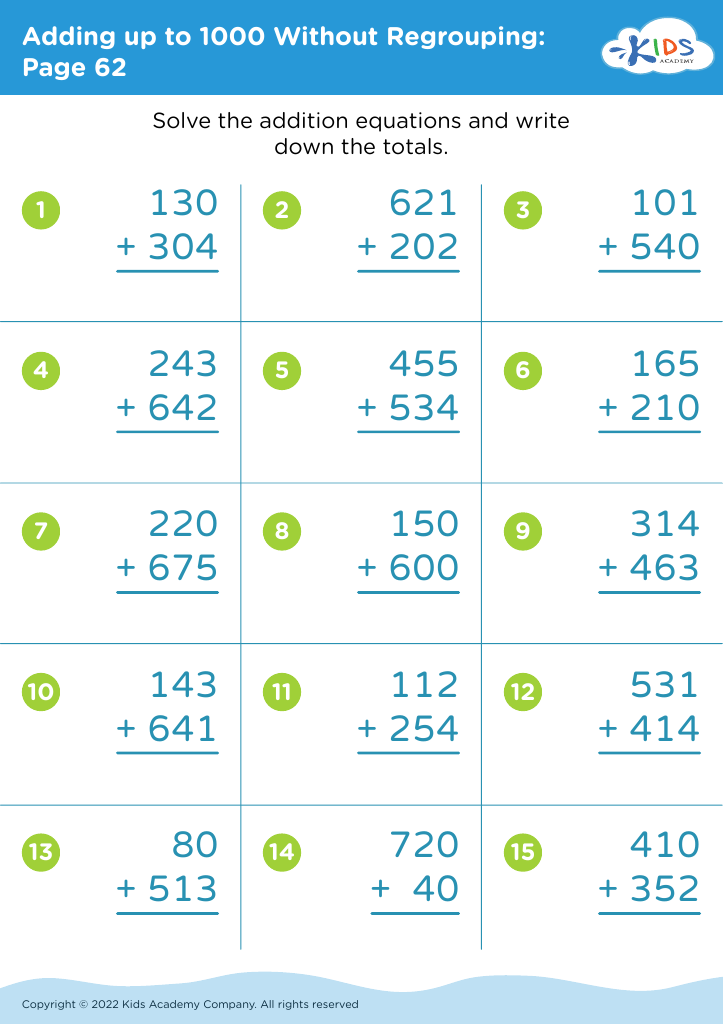


.jpg)



